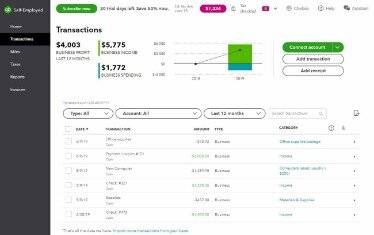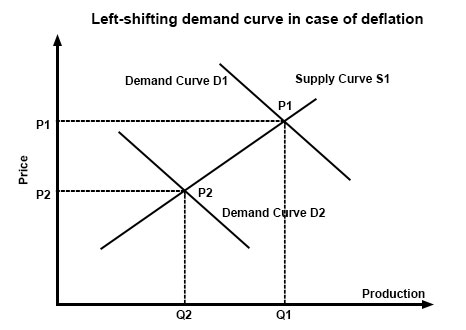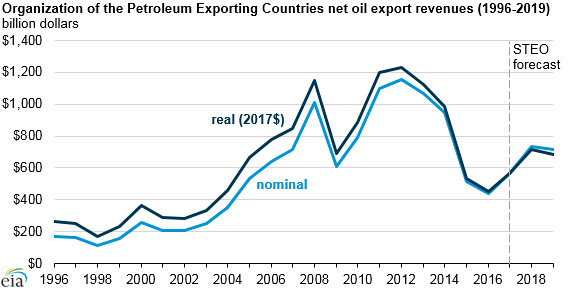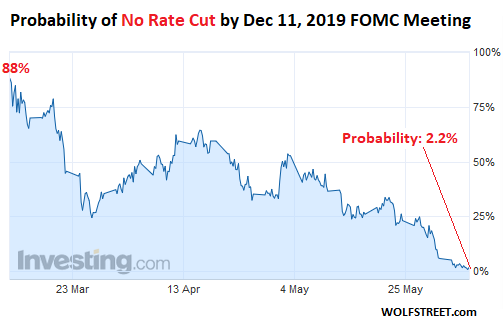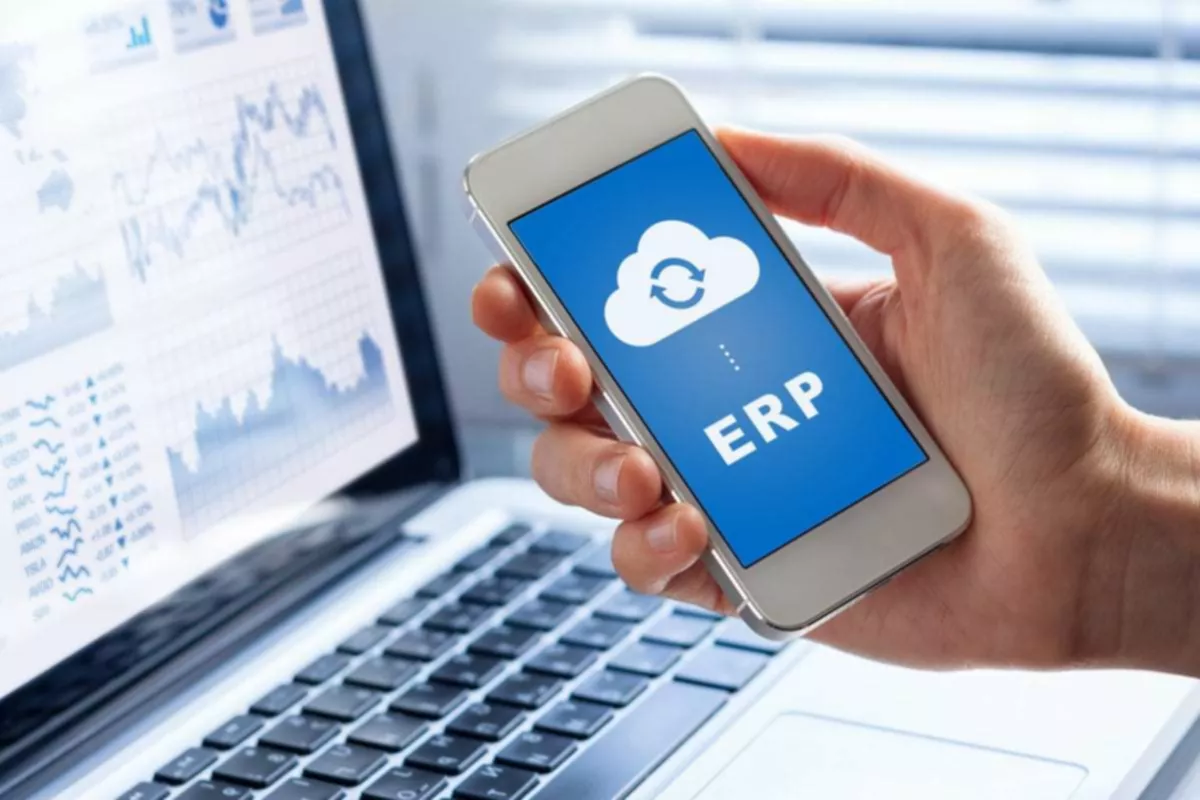Q6DQ Describe the contribution margin .. FREE SOLUTION
Contents:
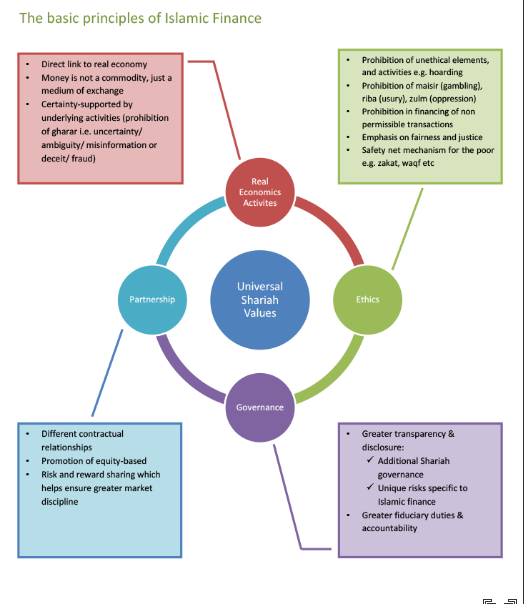

Analysts calculate the contribution margin by first finding the variable cost per unit sold and subtracting it from the selling price per unit. The difference between fixed and variable costs has to do with their correlation to the production levels of a company. As we said earlier, variable costs have a direct relationship with production levels. As production levels increase, so do variable costs and vise versa. Fixed costs stay the same no matter what the level of production.
In our example, if the students sold 100 shirts, assuming an individual variable cost per shirt of $10, the total variable costs would be $1,000 (100 × $10). If they sold 250 shirts, again assuming an individual variable cost per shirt of $10, then the total variable costs would $2,500 (250 × $10). Contribution Margin is an important element of understanding the profitability of the products in your business. Before calculating your contribution margin, you need to be clear about which costs are variable and which ones are fixed. Variable business costs are expenses that change according to the number of a product that is produced — for example, materials or sales commissions. Fixed business costs stay the same, irrespective of the number of products that are produced, such as insurance and property taxes.
These are things like building rent or mortgage, insurance, equipment leases, loan payments, and managerial salaries. A retailer’s https://1investing.in/ income is its sales minus the cost of goods sold and all selling and administrative expenses . Operating income is also the net income before any nonoperating items such as interest revenue, interest expense, gain or loss on the sale of plant assets, etc. Cost accountants, FP&A analysts, and the company’s management team should use the contribution margin formula.
Contribution Margin by Product
Use the data file Food Nutrition Atlas—described in the book’s appendix—as the basis for your statistical analysis. You will first need to obtain a subset of the data file using the capabilities of your statistical analysis computer program. Prepare a rigorous analysis and a short statement that reports your statistical results and your conclusions. Finance Strategists is a leading financial literacy non-profit organization priding itself on providing accurate and reliable financial information to millions of readers each year.
- It often happens that a company looks at the minimum price at which a product could sell to cover the basic and fixed expenses of the business.
- This analysis of minimum sale price is also known as a break-even analysis.
- CM is used to measure product profitability, set selling prices, decide whether to introduce a new product, discontinue selling a product, or accept potential customer orders with non-standard pricing.
- The statements should report sales, total variable costs, contribution margin, total fixed costs, income before taxes, income taxes (30% rate), and net income.
A high Contribution Margin Ratio indicates that each sale produces more profit than it did before and that the business will have an easier time making up fixed costs. A low Contribution Margin Ratio, on the other hand, suggests that there may be difficulty in covering fixed costs and making profits due to lower margins on individual sales. The contribution margin represents the revenue that a company gains by selling each additional unit of a product or good. This is one of several metrics that companies and investors use to make data-driven decisions about their business.
Operational efficiencies require a real focus on understanding all of the elements that go into producing the product and how to make improvements. This could be through technology, increasing capacity or purchasing more productive equipment. Management should also use different variations of the CM formula to analyze departments and product lines on a trending basis like the following. Hearst Newspapers participates in various affiliate marketing programs, which means we may get paid commissions on editorially chosen products purchased through our links to retailer sites.
Since machine and software costs are often depreciated or amortized, these costs tend to be the same or fixed, no matter the level of activity within a given relevant range. To determine how changes in sales volume impact the bottom line. The contribution margin ratio represents the marginal benefit of producing one more unit. The contribution margin shows the company the difference between the cost to make the product and the price of the product. This metric is typically used to calculate the break even point of a production process and set the pricing of a product. They also use this to forecast the profits of the budgeted production numbers after the prices have been set.
Services
It can be through technology, increasing capacity or even purchase of more productive equipment. With expertise in federal taxation, law and accounting, he has published articles in various online publications. Franco holds a Master of Business Administration in accounting and a Master of Science in taxation from Fordham University. Harold Averkamp has worked as a university accounting instructor, accountant, and consultant for more than 25 years. He is the sole author of all the materials on AccountingCoach.com.
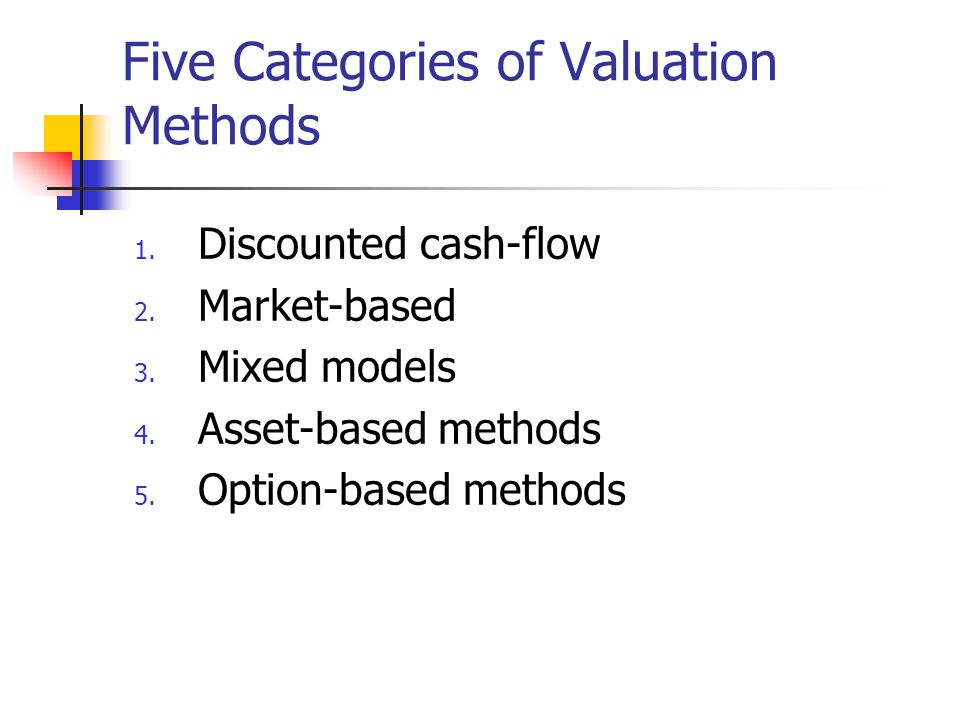
These cost components should not be considered while taking decisions about cost analysis or profitability measures. Get instant access to lessons taught by experienced private equity pros and bulge bracket investment bankers including financial statement modeling, DCF, M&A, LBO, Comps and Excel Modeling. Now let’s have an example; suppose company X sells tennis rackets.
Recommended explanations on Business-studies Textbooks
The contribution margin is a measurement through which we understand how much a company’s net sales will contribute to the fixed expenses and the net profit after covering the variable expenses. So, we deduct the total variable expenses from the net sales while calculating the contribution. The contribution margin ratio is the difference between a company’s sales and variable expenses, expressed as a percentage. The total margin generated by an entity represents the total earnings available to pay for fixed expenses and generate a profit.

The contribution margin ratio expresses the contribution margin as a percentage of revenues. Cost accountants, financial analysts, and the company’s management team should use the contribution margin formula. CM is used to measure product profitability, set selling prices, decide whether to introduce a new product, discontinue selling a specific product, or accept potential customer orders with non-standard pricing. Alternatively, companies that rely on shipping and delivery companies that use driverless technology may be faced with an increase in transportation or shipping costs . These costs may be higher because technology is often more expensive when it is new than it will be in the future, when it is easier and more cost effective to produce and also more accessible.
Unit Contribution Margin
This site has been developed as aid to instructors and students in managerial accounting. The scenarios contained herein are not intended to reflect effective or ineffective handling of managerial situations. Any resemblance to existing organizations is purely coincidental.
- The related fixed costs were $660,000 for the same period.
- As more units are produced, total variable costs for the product increase.
- You will first need to obtain a subset of the data file using the capabilities of your statistical analysis computer program.
For example, if a company’s contribution margin ratio is 25 percent, it is earning roughly 25 cents in profit for every one dollar in sales. If the contribution margin increases to 35 percent due to increased sales, the company earns 35 cents for every one dollar in sales. In 2022, the product generated a total of $1 billion in revenue, with 20 million units sold, alongside a total of $400 million in variable costs incurred. The resulting ratio compares the contribution margin per unit to the selling price of each unit to understand the specific costs of a particular product. For every additional widget sold, 60% of the selling price is available for use to pay fixed costs.
Who Should Use the Contribution Margin Formula?
Analyzing the contribution margin helps managers make several types of decisions, from whether to add or subtract a product line to how to price a product or service to how to structure sales commissions. Before making any major business decision, you should look at other profit measures as well. Outsourcing to a professional team that provided management accounting is essential to your business’s success and growth. The contribution margin is important because it helps your business determine whether selling prices at least cover variable costs that change depending on the activity level. Knowing your company’s variable vs fixed costs helps you make informed product and pricing decisions with contribution margin and perform break-even analysis. If total fixed cost is $466,000, the selling price per unit is $8.00, and the variable cost per unit is $4.95, then the contribution margin per unit is $3.05.
This may include items such as coffee beans, water, milk, disposable cups, and what is a deposit slip costs which total $4,000. Running a business is a constant juggle, but here’s a really important ingredient to help you identify what is actually profitable in your business — contribution margin. My Accounting Course is a world-class educational resource developed by experts to simplify accounting, finance, & investment analysis topics, so students and professionals can learn and propel their careers. Sue-Lynn Carty has over five years experience as both a freelance writer and editor, and her work has appeared on the websites Work.com and LoveToKnow.
Gross Profit Margin vs. Net Profit Margin Formula – Investopedia
Gross Profit Margin vs. Net Profit Margin Formula.
Posted: Sat, 25 Mar 2017 16:22:30 GMT [source]
When producing 500 items costs the same as producing 100 items, the production increases, and the fixed cost decreases. It would be best if you would have a look at every customer. Perhaps if some customers are even buying in huge quantities, but these sales are not profitable.
This revenue number can easily be found on the income statement. Some income statements report net sales as the only sales figure, while others actually report total sales and make deductions for returns and allowances. Either way, this number will be reported at the top of the income statement. Variable Cost Per UnitVariable cost per unit refers to the cost of production of each unit produced, which changes when the output volume or the activity level changes.
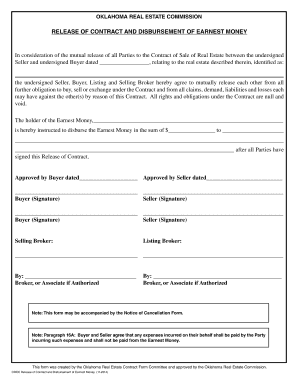
The contribution margin ratio takes the analysis a step further to show the percentage of each unit sale that contributes to covering the company’s variable costs and profit. The contribution margin, an essential component of the contribution margin ratio, is equal to the total revenue minus the variable costs for generating that revenue. Contribution margins are commonly calculated on revenues generated by specific products rather than on a company-wide basis.
How do gross profit margin and operating profit margin differ? – Investopedia
How do gross profit margin and operating profit margin differ?.
Posted: Sat, 25 Mar 2017 13:24:25 GMT [source]
Therefore, the ratio of contribution margin to revenue [CM/R] plus the ratio of variable costs to revenue [VC/R] will always equal 1.0 or 100%. Conceptually, the contribution margin ratio reveals essential information about a manager’s ability to control costs. The product revenue and number of products sold can be divided to determine the selling price per unit, which comes out to $50.00 per product. A company has revenues of $50 million, the cost of goods sold is $20 million, marketing is $5 million, product delivery fees are $5 million, and fixed costs are $10 million. In the most recent period, it sold $1,000,000 of drum sets that had related variable expenses of $400,000. Iverson had $660,000 of fixed expenses during the period, resulting in a loss of $60,000.
The CM for the entire company is calculated only for total contribution margin dollars as a percent of total sales dollars. The variable cost ratio helps determine how profitable a company is. It serves as an indicator of whether a company can achieve a balance of revenue streams where the revenue grows faster than the expenses.


